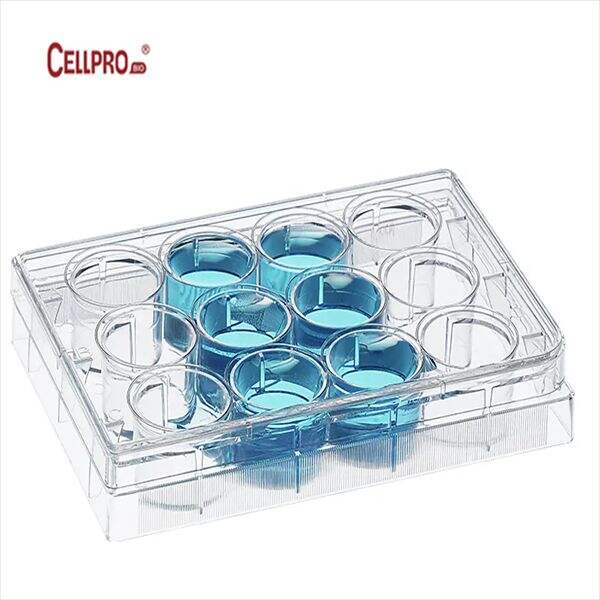Did you ever wonder how scientists, well... learn about cells? Cell culture used disks of flat plastic for decades. The flat plates being less complicated than those were certainly of use, but there had to be a more practical solution that could work much better. Now they have something even cooler and more high tech - 3D culture plates! Here are some of the plates that are reshaping our view on cells.
3D culture plates are particularly true that they allow cells to grow in three-dimensional so on-and-so-forth) just like as if it were only interested inside our bodies. This is super important! Cells do not behave as in organs or tissues when they grow flat plate. Although, with 3D culture plates it allows the researchers to have a much greater scope on how cells behave in real settings. With 3D plates, cells are able to function more like they do in humans providing information on how proteins and other molecules work together inside the cell better than a single solid surface.

3D culture plates are a key tool scientists use to experiment with new drugs. When Scientists develop new drugs, they need to know the effects of these medications on cells. They want to learn how cells interact with drugs, much like they would in the human body. 3D plates therefore do a better job of mimicking the way that a medicine will function in real human tissues, which is crucial for understanding how drugs operate inside our bodies. Which is excellent news because it makes new medication safer and more effective for people to use.

And the top-quality 3D culture plates were designed to mimic human tissue in appearance and touch. This is really cool! The plates are made from materials specifically engineered to mimic different types of body tissue. Some plates are soft and squishy like those in the brain while others hard, strong as bones. In this way, researchers have the ability to investigate and model cell type specific behaviour in different microenvironments. It is as if you are giving cells an extension to their actual home!

A: 3D culture plates allow the cells to grow more like they would in a natural environment. Cells appear to grow and divide more readily in an environment that mimics the real thing. Which will go some way to help the scientists generate more cells from every test or experiment they conduct. Further, their experiments are more informative as the cells grow in a proper environment. This is so valuable because it helps us learn more about cells and how they can be utilized to restore or protect our health from a certain disease.
Built professional gene amplification laboratory 3d culture platesculture laboratory microbiology laboratory, robotic tips verification laboratory etc. can be used to perform one-stop biological testing integrated research creation reagents, consumables, instruments.
Importing high-quality raw materials using advanced equipment ensure stability 3d culture plates. CellPro offers 100+ completely automated production lines, FANUC, ARBURG, ENGEL, TOYO other brand imported injection machinery ensure production capacity and quality.
High Precision Molding R D Center can handle all steps designing products including mold design, manufacturing, precision processing, mold design process customization, biological verification well scale 3d culture plates.
products have been 3d culture plates accordance with ISO9001, ISO14001, ISO13485 quality management systems CE FDA standards.